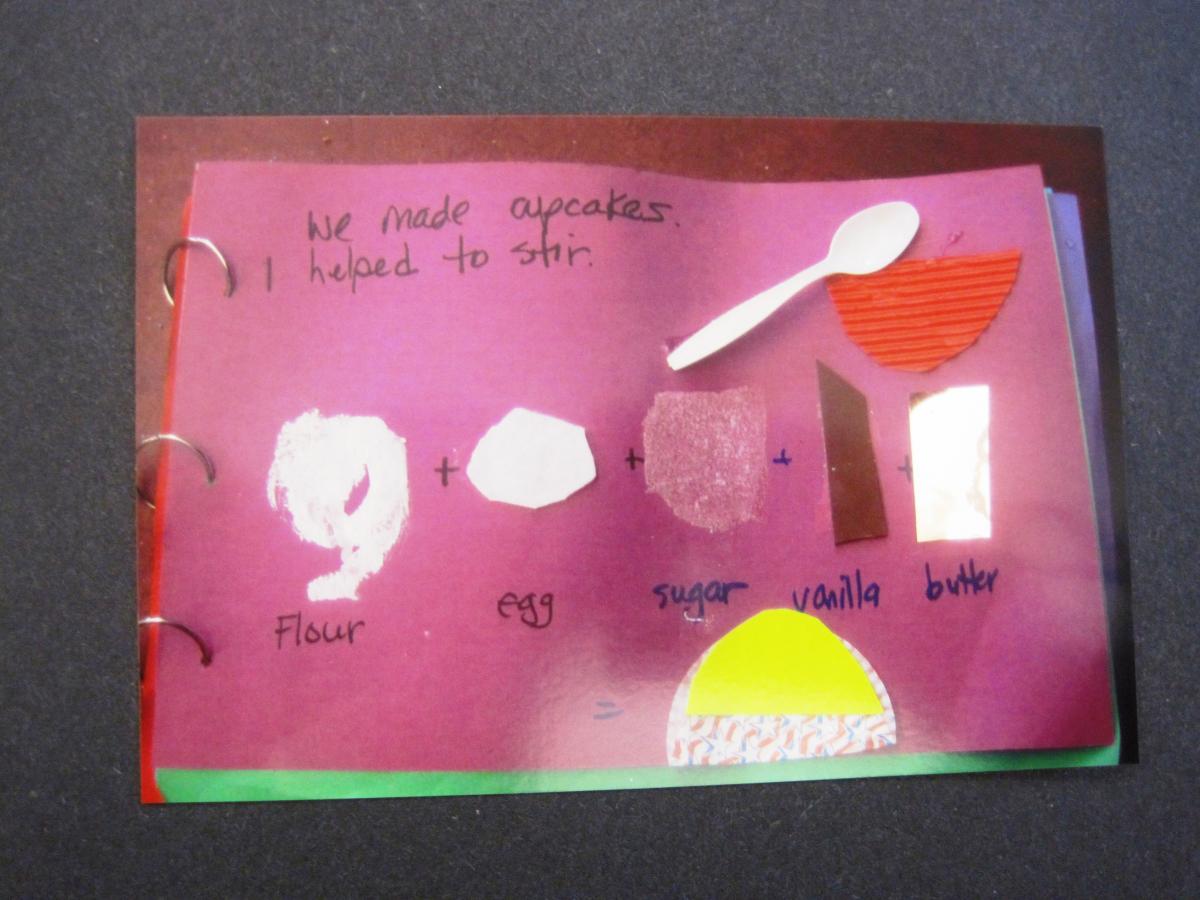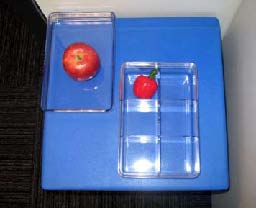Daily journals are a wonderful way to encourage students to practice their literacy skills, no matter what level they are on or what format they use. Journals can be audio, tactile, print, braille or some combination. They can be used to reinforce basic information, such as practice writing one’s name, the date, and days of the week. They can be used to write about special activities at home or at school, or to record events in the daily routine, such as what was eaten at breakfast or lunch, what the weather is, what clothing one is wearing, who is present in the classroom, or anything of interest to the student.
- braille writer
- paper
- pencil, pen, markers
- objects or tactual symbols
- digital recorder
- book, metal rings or way to hold the journal together
* You will not need all of these, and materials should be selected depending on the needs and abilities of an individual student.
1. Create a template for students to follow each day. A predictable routine is a helpful way for many to practice skills. The template may include some of the following:
- Name
- Date
- Day of the Week
- Weather
- What did you eat for breakfast?
- What are you wearing?
- What did you do last night?
- What is on your schedule for today?
Writing prompts can be given, depending on the needs of specific children.
2. Provide support as needed.
3. Encourage students to share their journals with others by reading aloud. This can be done with other students, teachers and staff, or sending it home for the child to share with her family.
4. Create tactile illustrations, if desired and if time allows.
-
Have the students compile books each month.

- Have the students take turns reading each other’s journals.
- Choose a topic for a journal entry highlighting a special event.
- After students have read their journal entries outloud, ask listening comprehension questions, e.g. “Who ate pizza last night?” or “Who went to a Red Sox game over the weekend?”




